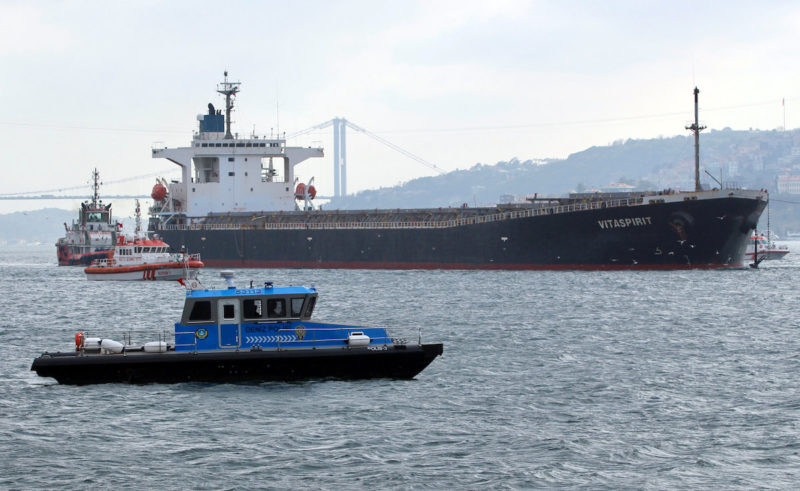
A total of 53 bulk carriers over 10,000 dwt have been identified as total losses over the past ten years, according to the latest edition of International Association of Dry Cargo Shipowners’ (Intercargo) Bulk Carrier Casualty Report.
A staggering 202 crewmembers have lost their lives as consequence, or on average 20 lives lost per year during the reporting period from 2008 to 2017.
The highest loss of life has been attributed to cargo failure (liquefaction), totaling 101 lives lost or 50% of the total loss of life resulting from nine casualties.
“Cargo shift and liquefaction continue to be a great concern for the life of seafarers and the safe carriage of dry bulk cargoes over this period,” Intercargo said.
The most common reported cause of ship losses has been grounding, accounting for 41.5% of total losses, followed by flooding at 15.1% and unknown causes in the cases of six ships that claimed 61 lives, among them the two casualties in 2017, Stellar Daisy and Emerald Star.
“In 2017, the tragic losses of M/V Stellar Daisy, carrying an iron ore cargo, and M/V Emerald Star, with a nickel ore cargo, raised questions of structural integrity and safety condition of high-density cargoes carried on board. These two bulk carrier casualties caused the loss of 32 seafarers, the highest annual loss of lives since 2011,” Intercargo said.
In total, in 2017 the Intercargo database recorded 337 bulk carrier incidents.
In addition, serious concerns arose on the safe carriage of ammonium nitrate-based fertiliser, following the incident of the high temperatures in the cargo holds and the release of gases from the cargo on the 57,000 dwt supramax MV Cheshire in August 2017.
However, specific legislation on adequate mandatory safety requirements to avoid recurrence of such incidents is yet to be developed.
In terms of sizes of bulk carriers that were designated as total losses, 22 Handysize bulk carriers were lost, representing 41.5% of the total casualties reported, while most cases happened before 2011. These are followed by 11 Handymaxes, representing 20.8% of the total without a clear pattern of improvement through the years.
Supramax suffered eight ship losses, taking 15.1% of the total, with five losses related to suspected cargo failure (liquefaction) and consequential loss of 85 lives.
Capesize suffered seen ship losses, taking 13.2% of the total, followed by Panamax losses, representing 9.4% of the total.
Intercargo said after peaking in 2011, there has been a reduction of ship losses.
